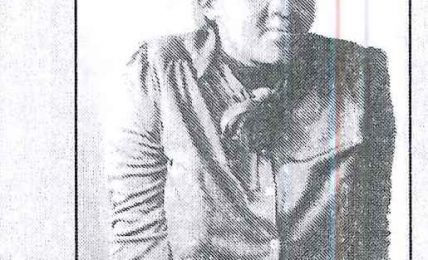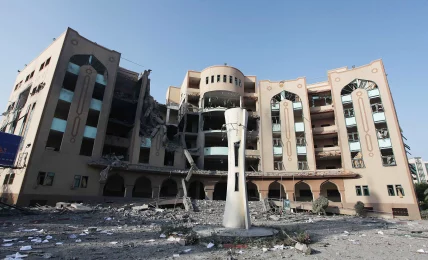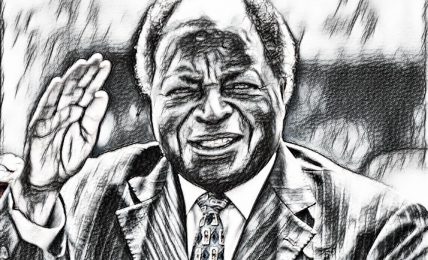A conversation with ousted TPLF leader Getachew Reda on war, politics, and the fate of Tigray
In this exclusive interview, recently-ousted Tigray Interim President Getachew Reda discusses the events that led to his removal, the internal power struggles within the TPLF, and his beliefs about the future of Tigray, Ethiopia and the region.







